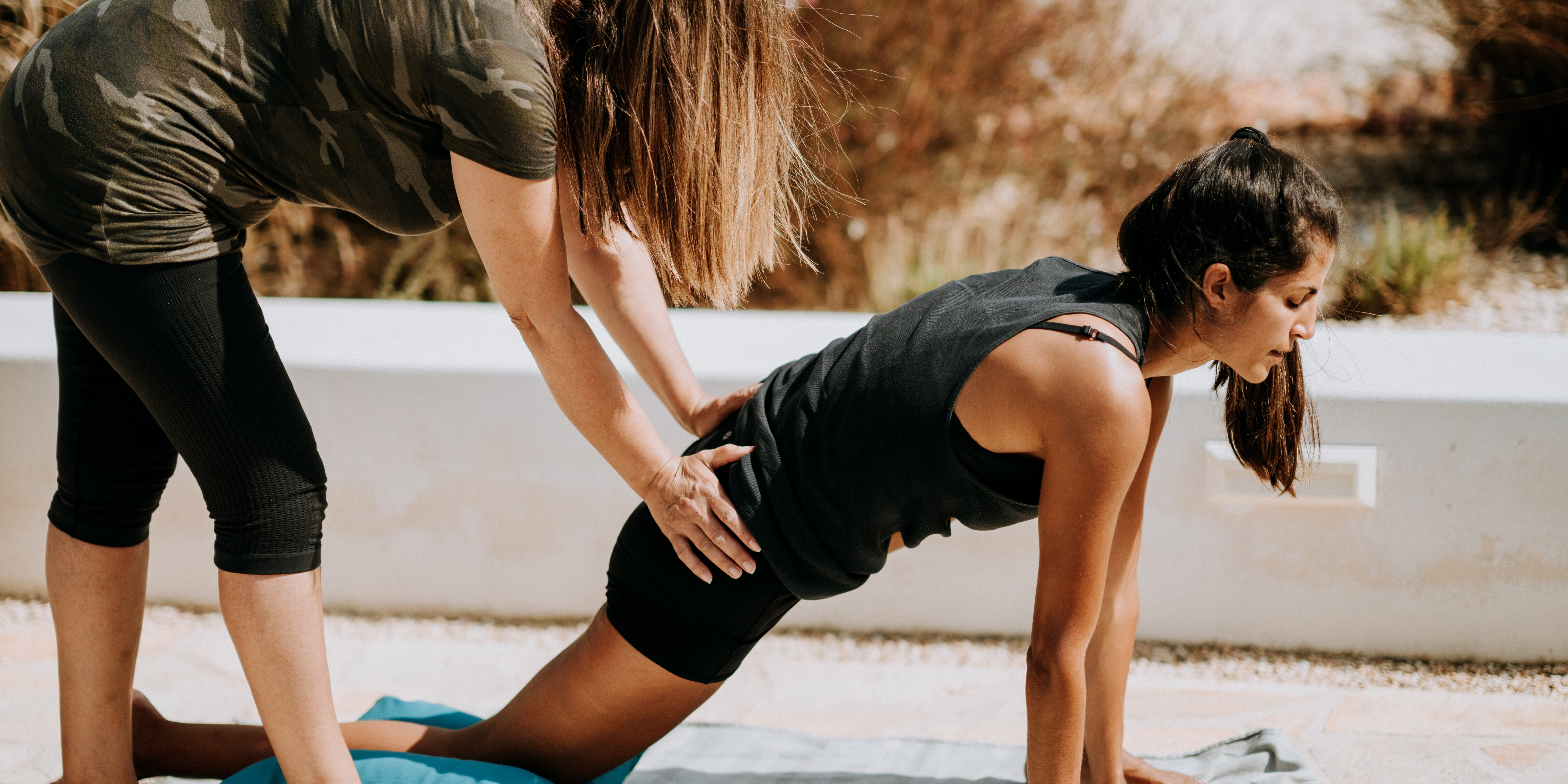As spring emerges, recreational spring leagues, often fondly referred to as “beer leagues,” are gearing up for action. For many, this marks a return to sports after months of inactivity. However, the excitement of getting back into the game comes with the potential for common injuries. To ensure a safe and enjoyable experience, it’s essential to take preventive measures. Engaging in proper warm-up routines, incorporating stretching exercises, and gradually increasing intensity can help condition the body and minimize the risk of injuries. Additionally, maintaining overall fitness, staying hydrated, and listening to one’s body are crucial elements in preventing sports-related injuries as the season kicks off.
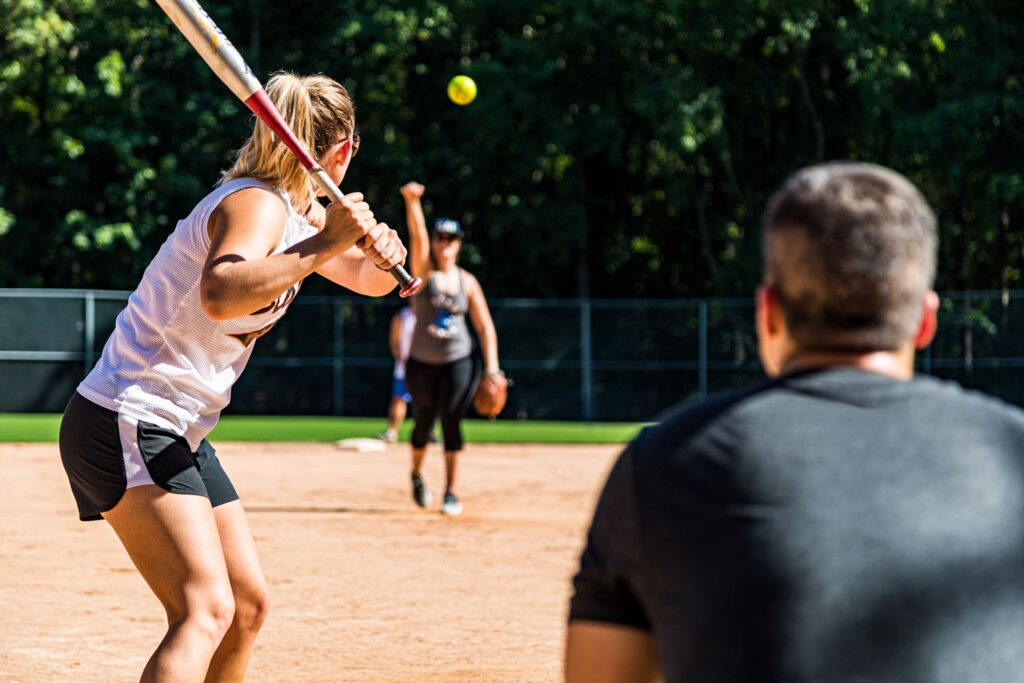
Common Injuries in Spring Recreational Leagues
Hamstring Strain
Hamstring strains often occur during the deceleration phase of sprinting, making this mechanism of injury common in sports that involve running. Among the sports where hamstring strains are frequently observed are baseball, soccer, and flag football. The demands of sprinting, coupled with sudden changes in speed and direction, particularly during deceleration, put the hamstring muscles at risk of strain.
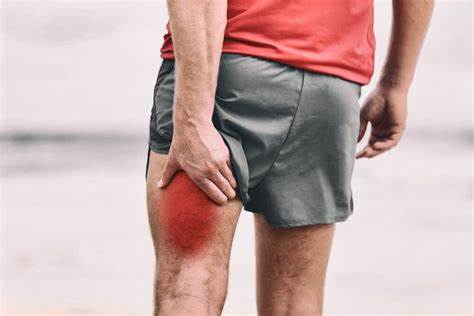
Ankle Sprain
Ankle sprains can result from various movements, including landing, turning/pivoting/cutting, or stepping on an object like a base. This injury is commonly observed in sports such as basketball, lacrosse, baseball, soccer, volleyball, and others where dynamic and lateral movements, sudden changes in direction, or jumping are integral to the game.
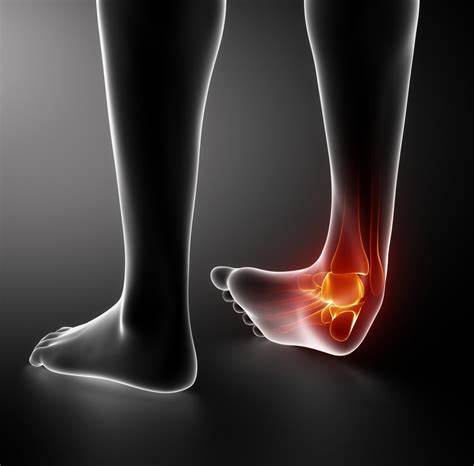
Calf Strain
Calf strains typically occur during activities involving running or jumping, particularly when there is a forceful push-off mechanism. Sports such as basketball, lacrosse, baseball, soccer, and flag football are commonly associated with calf strains due to the frequent running, sudden accelerations, and explosive jumping movements inherent in these activities. The calf muscles play a crucial role in these sports, and the demands of rapid acceleration or jumping can lead to strain.
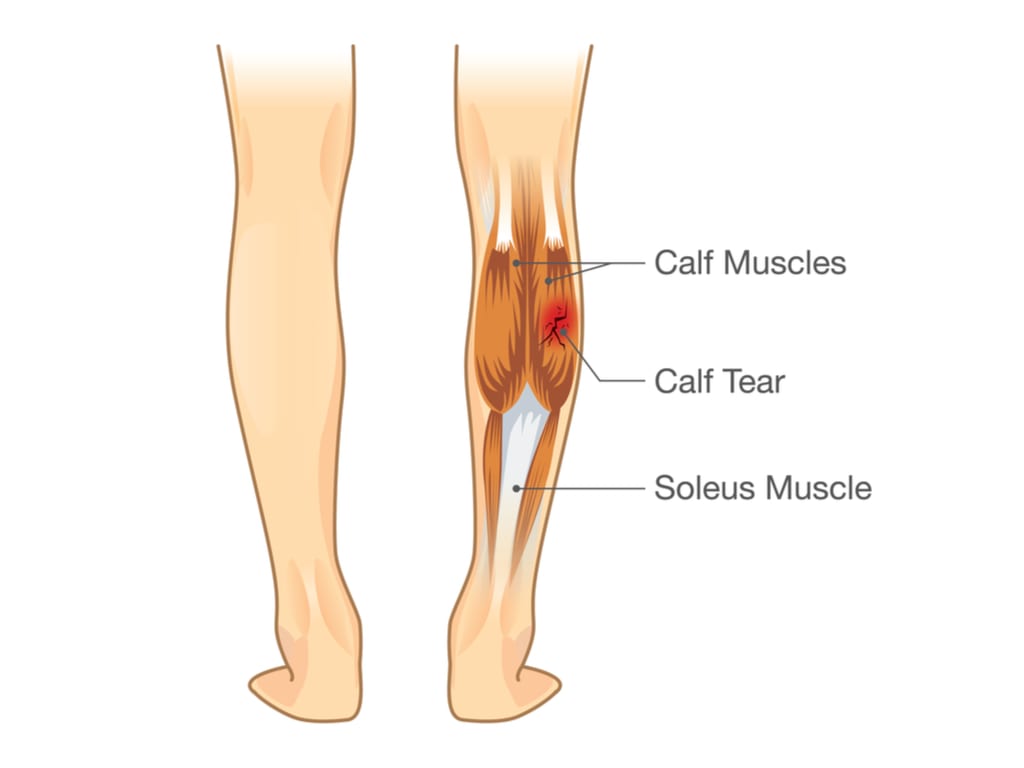
Rotator Cuff Strain
A rotator cuff strain is commonly associated with the repetitive motion of throwing. This type of injury is prevalent in sports where throwing plays a significant role, such as baseball, dodgeball, lacrosse, racket sports, and volleyball. The overhead and rotational movements involved in throwing place considerable stress on the rotator cuff muscles, which can lead to strain over time.
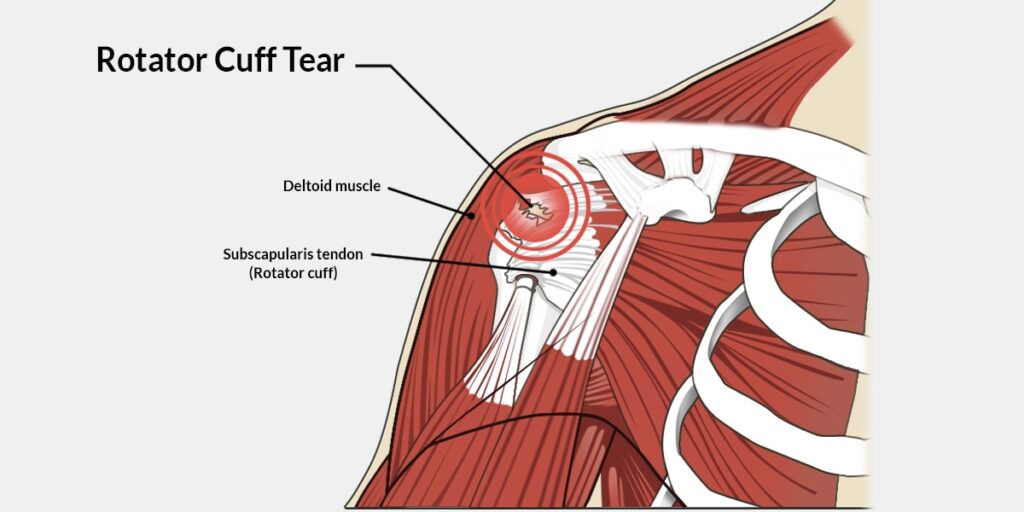
Why Do These Injuries Occur in Spring Leagues?
In spring leagues, several factors contribute to an increased risk of injuries:
Sudden Increase in Load: Many participants in spring leagues may have been relatively sedentary or engaged in light-intensity exercises during the off-season. The abrupt transition to activities involving sprinting, jumping, and other dynamic movements places a sudden and significant load on muscles and joints. The body, unaccustomed to such demands, is more susceptible to injuries due to the lack of gradual adaptation to increased intensity.
Lack of Warm-Up: Spring leagues may witness a lax approach to warm-up routines. Failing to adequately warm up before engaging in strenuous activities can leave the body unprepared for the demands of the sport. Warm-ups are crucial for increasing blood flow to muscles, enhancing flexibility, and preparing the joints for the stresses they will encounter during gameplay. The absence of a proper warm-up increases the likelihood of strains, sprains, and other injuries.
Weak or Tight Muscles: During the off-season, muscles may become weakened or tightened due to reduced activity or inadequate conditioning. Weak muscles lack the necessary strength to support joints and absorb forces effectively, while tight muscles limit flexibility and hinder the body’s ability to respond to various sports movements and scenarios. Without targeted training to address these weaknesses and imbalances, athletes are more prone to injuries when engaging in the more demanding activities of spring leagues.
How to Prevent Spring League Injuries?
To prevent injuries in spring leagues, consider incorporating the following four (4) prevention tips:
Comprehensive Warm-Up: Dedicate 15-20 minutes to a thorough warm-up routine before engaging in spring league activities. This should include a general warm-up to increase overall body temperature and heart rate, followed by sport-specific drills to prepare muscles and joints for the specific movements involved in the game. A well-executed warm-up enhances flexibility, circulation, and neuromuscular coordination, reducing the risk of injuries.
Post-Game Cool Down: Implement a post-game cool-down routine to aid in recovery. This can include light aerobic exercises, stretching, and foam rolling to promote flexibility, alleviate muscle tension, and enhance circulation. Cooling down helps prevent muscle stiffness and soreness, contributing to a quicker recovery period between games or practices.
Maintain Off-Season Activity: Stay relatively active during the off-season by engaging in activities like walking, running, strength training, or yoga. This ensures that muscles and joints remain conditioned, reducing the shock to the system when transitioning to more intense spring league activities. Consistent off-season exercise helps maintain overall fitness and prepares the body for the increased demands of the sports season.
Preventative Exercises: Incorporate specific exercises into your pre-season preparation to target key muscle groups and movements involved in the sport. Focus on strengthening and conditioning exercises that mimic the dynamic actions of sprinting, jumping, and cutting. This can include exercises for core stability, balance, and sport-specific drills that help build strength and resilience in areas prone to injury. A targeted pre-season training program can fortify the body against potential risks and enhance overall athletic performance.
Exercises to Prevent Spring League Injuries
Pre-Game Warm-Up Exercises
Participating in outdoor recreational leagues as adults is a valuable means of staying active and fostering social connections. To ensure a fulfilling and injury-free experience, it’s essential to incorporate preventative measures into your activities. Prioritize a comprehensive warm-up, dedicating 15-20 minutes to elevate your heart rate and prepare your body for the sport, incorporating both general and specific warm-up exercises tailored to the game’s movements.
Additionally, integrate preventative exercises into your routine to strengthen key muscle groups and enhance overall resilience. By consistently incorporating warm-ups and preventative exercises, you not only safeguard against potential injuries but also maximize the enjoyment and longevity of your outdoor recreational pursuits. Don’t let the fear of injury hinder you from relishing the physical and social benefits these activities provide.

Additional links


